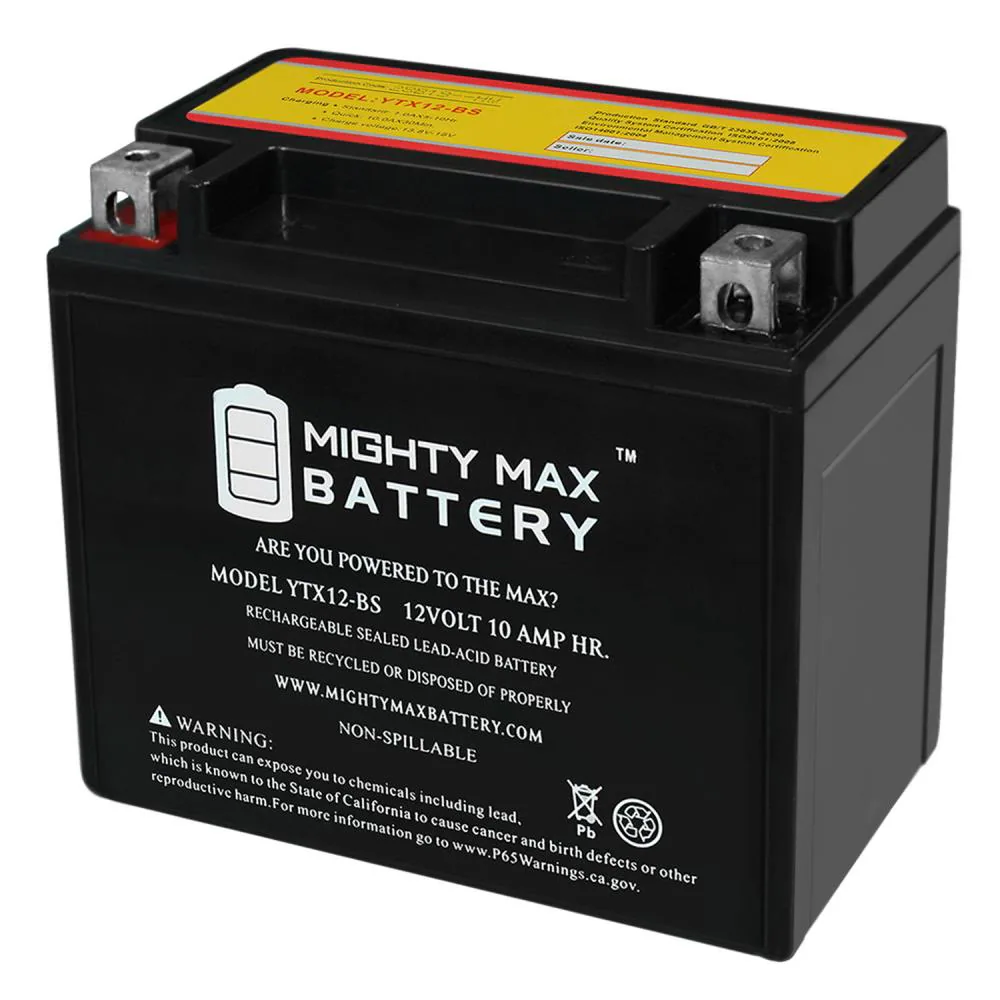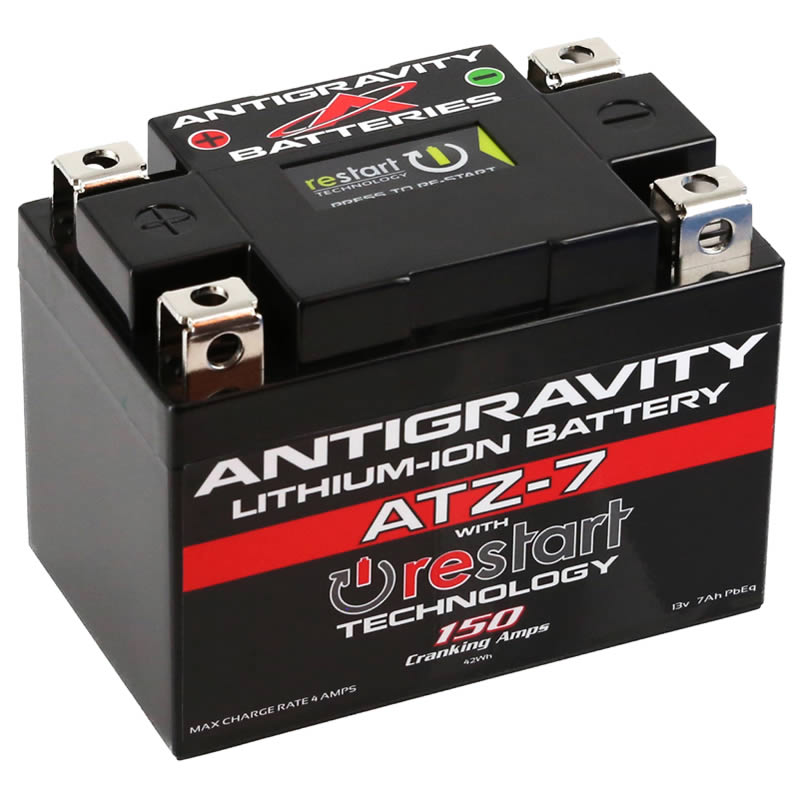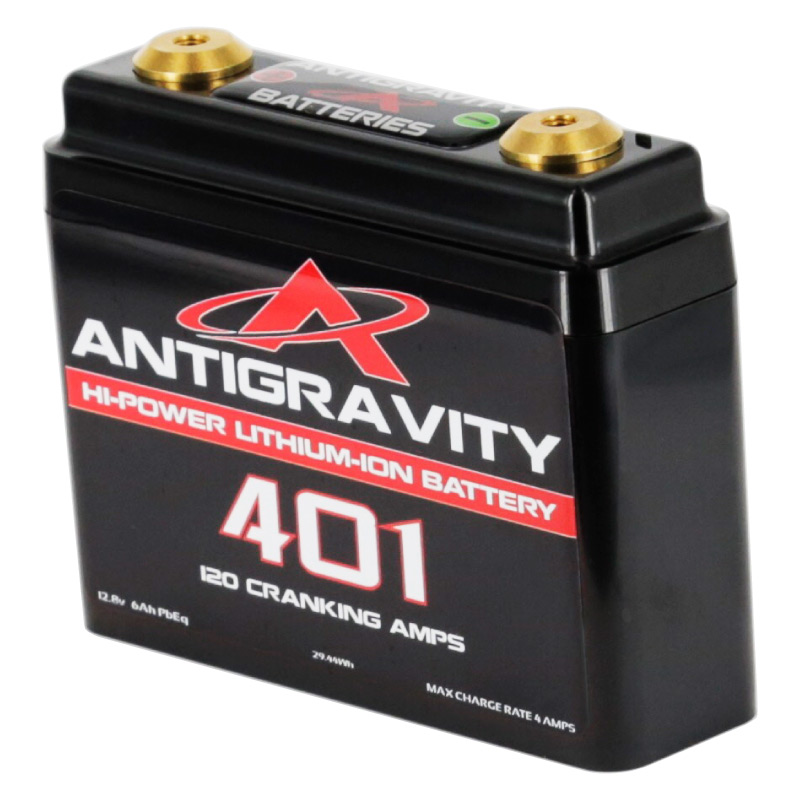Motorcycles are a popular mode of transportation for many enthusiasts worldwide. They offer a sense of freedom and adventure that few other vehicles can provide. However, like all machines, motorcycles require proper care and maintenance to ensure optimal performance. One of the critical components of any motorcycle is the battery. A reliable battery is essential for starting the engine and powering electrical systems. Without proper maintenance, a motorcycle battery can fail prematurely, leaving riders stranded. This article discusses essential maintenance tips for motorcycle batteries to enhance their longevity and performance.
Understanding Different Battery Types
Lead-Acid Batteries
Motorcycles generally use two types of batteries: lead-acid and lithium-ion. Lead-acid batteries are traditional and widely used in many motorcycles. They are reliable and cost-effective, but they do require regular maintenance. Lead-acid batteries come in two main types: maintenance-free and conventional. Maintenance-free lead-acid batteries are sealed and do not require regular topping off of electrolytes. Conventional lead-acid batteries, on the other hand, require periodic checks to ensure the electrolyte levels are adequate.
When caring for lead-acid batteries, it is essential to monitor fluid levels. If the electrolyte levels drop, the battery can become damaged, leading to a shorter lifespan. Always use distilled water if topping off is necessary, as tap water can introduce minerals that may harm the battery.
Lithium-Ion Batteries
Lithium-ion batteries have gained popularity in recent years due to their lightweight and efficient design. These batteries are often seen in high-performance motorcycles and electric bikes. They provide better energy density and can last longer than lead-acid alternatives. However, lithium-ion batteries require specific care to maintain their longevity.
One essential factor to remember when working with lithium-ion batteries is charging. These motorcycle batteries should not be overcharged, as it can damage the internal chemistry. It’s crucial to use a charger designed specifically for lithium batteries to ensure the correct voltage and current are maintained during charging.

Regular Inspection and Cleaning
Checking Connections
Regular inspections are vital for maintaining the health of your motorcycle battery. Begin by checking the battery connections. Loose or corroded terminals can hinder performance and may prevent the motorcycle from starting. Ensure that the battery terminals are securely connected, and use a wrench to tighten any loose connections.
Inspect the connectors for any signs of corrosion, which can appear as a white, powdery substance. If corrosion is present, it must be cleaned promptly. A mixture of baking soda and water can effectively remove corrosion. Dip an old toothbrush into the mixture and scrub the affected areas gently. After cleaning, rinse the area with water and dry it thoroughly before reattaching the terminals.
Cleaning the Battery Case
In addition to cleaning the terminals, it is essential to keep the entire battery case clean. Dirt and grime can cause overheating and impact the battery’s performance. Use a soft cloth or sponge to wipe down the outside of the battery regularly. Avoid using solvents, as they can damage the battery casing.
Pay attention to the vent holes on the battery, as these should remain clear of debris. Over time, dirt can accumulate in these areas, potentially leading to pressure buildup and leaks. Ensuring the battery is clean will help maintain its efficiency and longevity.

Battery Charging Practices
Importance of Proper Charging
Charging practices significantly impact the lifespan of your motorcycle battery. Whether you frequently ride or store your motorcycle for long periods, ensuring the battery is adequately charged is crucial. Overcharging or undercharging can lead to premature battery failure.
During the riding season, the motorcycle’s charging system typically keeps the battery at an optimal level. However, during the off-season, the battery may require additional care. Using a smart charger with an automatic shut-off feature can protect the battery from overcharging. These chargers can monitor the battery’s state and adjust the voltage accordingly, ensuring safe charging.
Use of Battery Maintainers
For those who store their motorcycle during winter or extended periods, a battery maintainer can be beneficial. A maintainer will keep the battery charged without overcharging it. This is particularly important for lead-acid batteries, which can sulfate if left in a discharged state for too long.
When using a battery maintainer, ensure it is designed for your specific battery type. Always follow the manufacturer’s instructions to prevent any damage to the battery or electrical system. Maintaining a proper charge will significantly extend the battery’s life.

Storage Solutions for Longevity
Seasonal Storage Tips
When it comes to motorcycle battery care, proper storage is paramount. If you plan to store your motorcycle for an extended period, especially during winter months, remove the battery. Storing the battery in a controlled environment protects it from extreme temperatures, which can negatively affect performance.
Before storing the battery, fully charge it. A fully charged battery is less likely to freeze in cold conditions. If storing a lead-acid battery, check the fluid levels and top off with distilled water if necessary. For lithium-ion batteries, store them at a moderate temperature and maintain a 40% to 60% charge level to prevent deterioration.
Avoiding Humidity
Humidity can be detrimental to motorcycle batteries. Moisture can cause corrosion and affect the connections. When storing batteries, avoid damp areas and ensure they are in a well-ventilated location. If possible, keep the battery in a dry, climate-controlled space to maintain its optimal condition.
Using silica gel packs or other moisture-absorbing materials can help control humidity levels near the battery. Regularly check for any signs of moisture or corrosion, and address these issues promptly to prevent long-term damage.

Recognizing Signs of a Failing Battery
Early Warning Signs
Understanding the signs of a failing motorcycle battery is crucial for preventing unexpected breakdowns. One common indication is difficulty starting the engine. If the motorcycle struggles to start or requires multiple attempts, it may be time to assess the battery’s condition.
Other symptoms of battery failure include dimming headlights, flickering instrument panels, and unusual electrical system behavior. When you notice these signs, testing the battery’s voltage with a multimeter may help determine if it needs to be replaced.
Regular Testing
Regular testing of the battery can help identify potential issues before they become significant problems. A simple voltage test can be performed using a multimeter. A healthy lead-acid battery should measure around 12.6 volts or higher when fully charged. If the voltage falls below this level, it may indicate that the battery is weak or needs charging.
For lithium-ion batteries, check for any noticeable swelling or physical damage. If you suspect the battery might be failing, consult a professional or consider replacing it. Proactive maintenance can save you from being stranded on the road due to battery failure.

Choosing the Right Battery Replacement
Selecting the Correct Battery
When it’s time to replace your motorcycle battery, selecting the right type is crucial. Always refer to the motorcycle owner’s manual to find the recommended battery specifications. Each motorcycle may require a specific size or type, and using the incorrect battery can lead to further complications.
When shopping for a new battery, consider factors such as brand reputation, warranty, and overall performance. Opting for trusted manufacturers ensures quality and reliability. Many motorcycle enthusiasts recommend products that come with a good warranty, as they provide additional assurance.
Investment in Quality
While it may be tempting to select the cheapest available option, investing in a high-quality battery is worthwhile. A quality battery not only lasts longer but also performs better under various conditions. A reputable brand battery may save you money in the long run, as it requires less frequent replacement and maintenance.
Additionally, consider purchasing from local motorcycle shops or authorized dealers. This approach ensures you’re getting a genuine product and may come with additional support for installation or advice on maintenance.
Final Thoughts on Motorcycle Battery Care
Prioritize Maintenance
In conclusion, motorcycle batteries are essential for reliable performance and safe riding. Proper maintenance is critical in ensuring their longevity. By understanding the different types of motorcycle batteries, conducting regular inspections, and charging them correctly, riders can enhance their motorcycle experience.
Awareness of the signs of battery failure and the importance of choosing the right replacement can prevent unexpected breakdowns. Proactive care builds a strong foundation for motorcycle enjoyment, allowing riders to focus on the adventure ahead.
Embrace the Journey
Motorcycle riding is about the thrill and freedom of the open road. With a well-maintained battery, riders can enjoy their journeys worry-free. Treat your motorcycle battery with the care it deserves, and it will serve you well. After all, a reliable motorcycle battery is a critical component of an exhilarating ride. Enjoy every moment on your motorcycle, knowing that proper battery maintenance supports your passion for riding.

Leave a Reply